In the context of deep international integration and the need for economic innovation, reforming the state apparatus and streamlining the administrative apparatus is not only an urgent requirement but also a key factor to promote the country's development.
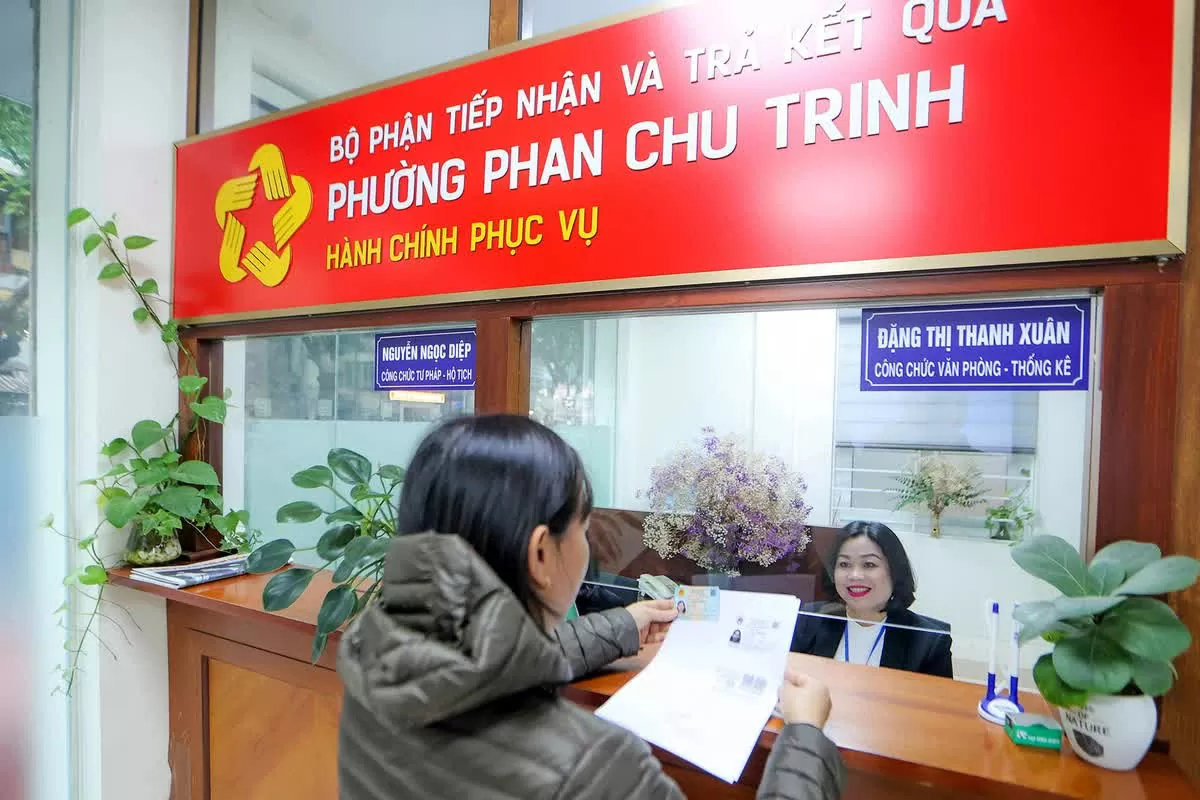 |
| Streamlining the apparatus is a 'boost' for the country's development. (Source: TT) |
Creating a solid foundation for sustainable development
In fact, streamlining the state apparatus not only aims to reduce costs, but also helps improve the efficiency of management and provision of public services, thereby creating a solid foundation for sustainable development.
The state apparatus is too cumbersome, complicated and multi-layered, which can lead to waste of resources and inefficiency in management. If state agencies do not operate effectively, it will lead to stagnation in the implementation of policies and laws, making it difficult for people and businesses to access public services. In addition, a "bloated" apparatus also creates an environment where corruption and negativity can easily arise, undermining people's trust in the leadership of the Party and the State.
Not only in Vietnam, streamlining the state apparatus is part of the administrative reform strategy of many countries in the world . Reducing departments and units, improving the working efficiency of each individual will help the state apparatus operate better, reduce costs, and increase transparency and efficiency in management.
When the state apparatus is streamlined, agencies and organizations can easily coordinate with each other, creating a coherent and clear management system. Government decisions and directives will be implemented more quickly, effectively and accurately.
At the same time, reduce costs and waste resources. A cumbersome administrative apparatus is not only financially costly but also prevents civil servants and public employees from fully utilizing their capabilities. Streamlining the apparatus helps reduce costs of maintaining the administrative apparatus and improve the productivity of civil servants.
When the state apparatus is reorganized, units will be required to work more effectively, thereby promoting reform initiatives and innovation in management and work resolution. This also helps improve the quality of public services, making people and businesses more satisfied.
Moreover, when the state apparatus is streamlined and flexible, it will create more favorable conditions for businesses to access support policies, licenses, and administrative procedures. Reducing cumbersome and cumbersome procedures will help businesses save time and costs, creating a more competitive investment environment.
However, it must be understood that streamlining the state apparatus does not mean cutting personnel but optimizing resources and rearranging departments in a reasonable and effective manner. In this process, it is necessary to pay attention to a number of factors.
First, reforming management thinking. Streamlining the apparatus requires a change in the thinking of the leadership team and civil servants. It must be recognized that the administrative apparatus is not just for maintaining work but must be an effective tool to serve the needs of the people and businesses.
Second, ensuring the rights of civil servants. Streamlining must not be done rigidly but must be accompanied by reasonable support policies for civil servants. Retraining and job transfer must be done transparently and fairly.
Third, for the state apparatus to operate effectively, the application of information technology is very important. Digital tools will help reduce cumbersome administrative procedures, improve work efficiency and create conditions for people to access public services more easily.
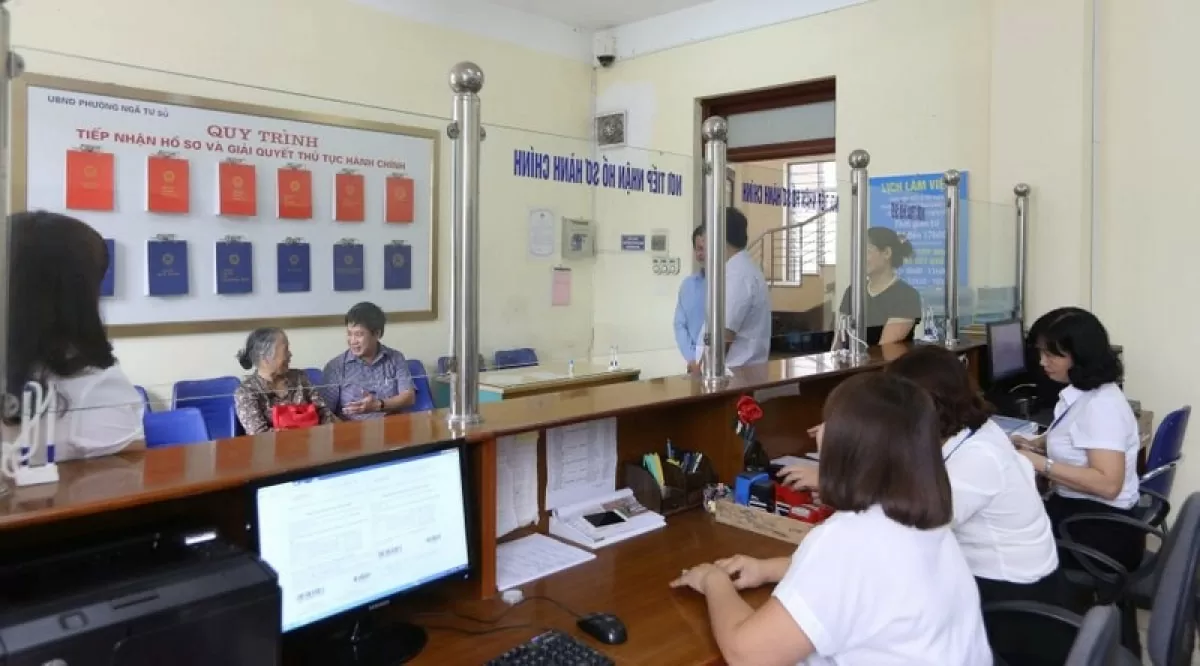 |
| The administrative apparatus is streamlined but still operates effectively. (Source: ictvietnam) |
So that no one is left behind
Speaking at the National Conference to thoroughly grasp and summarize the implementation of Resolution No. 18-NQ/TW of the 12th Party Central Committee; the socio-economic situation in 2024, solutions to accelerate socio-economic development in 2025 and remove institutional bottlenecks and bottlenecks, General Secretary To Lam requested to urgently and actively carry out the revolution in arranging, organizing and streamlining the apparatus of the political system. This is a particularly important task, not only a matter of scale or quantity but more deeply, it is necessary to create qualitative changes in the operation of the political system.
At the same time, the General Secretary emphasized that more than ever and without delay, the country has enough power and strength, enough will and determination to enter a new era, an era of national development and prosperity, and this is also the time, the opportunity, the urgency, the objective necessity for the revolution in streamlining the organization of the political system so that the apparatus can operate effectively and efficiently.
The General Secretary said that in order to achieve the socio-economic development goals set out in the Resolution of the 13th National Congress, we must renew our thinking, "untie the ropes", be decisive, make breakthroughs, and surpass ourselves. We need to continue to create more institutional breakthroughs, remove difficulties, obstacles, and bottlenecks to unleash all resources and strongly reform administration, creating a favorable environment for development.
It can be said that streamlining the apparatus is a necessary step to improve work efficiency, optimize resources and meet development requirements in an increasingly rapidly changing world. However, in this process, an important question must be asked, how to streamline without leaving anyone behind?
Lean is not just about reducing people or departments, but also about focusing on improving the quality and performance of each individual. Those who remain must be trained and equipped with new skills to adapt to an increasingly complex working environment.
Ensure fairness in the distribution of responsibilities and opportunities. Leaning cannot simply mean prioritizing the most capable people while ignoring everyone else. Opportunities for advancement, training, and development must be distributed equitably so that everyone has the opportunity to contribute and grow, regardless of their position.
It is important to create a flexible and collaborative working environment. A strong organization is one where every individual knows that their contribution is valuable, everyone works together towards a common goal. Each individual has their own strengths. Therefore, it is necessary to build a mechanism that optimizes the contribution of all members; recognizes the development of each individual, encourages creativity and continuous innovation.
Lean is not simply a matter of reducing numbers, but a comprehensive improvement process where every individual has the opportunity to grow and contribute. When done right, lean can create a strong, agile organization that leaves no one behind.
Thus, it can be said that streamlining the state apparatus is not only a simple administrative management measure but also a long-term strategy with profound impacts on the country's socio-economic development. A streamlined and effective state apparatus will be a strong driving force to promote economic development, improve the quality of life for the people, and at the same time build an honest, transparent government that serves the people. This is the necessary "push" for the country to develop strongly in the new era, the era of striving.
Source


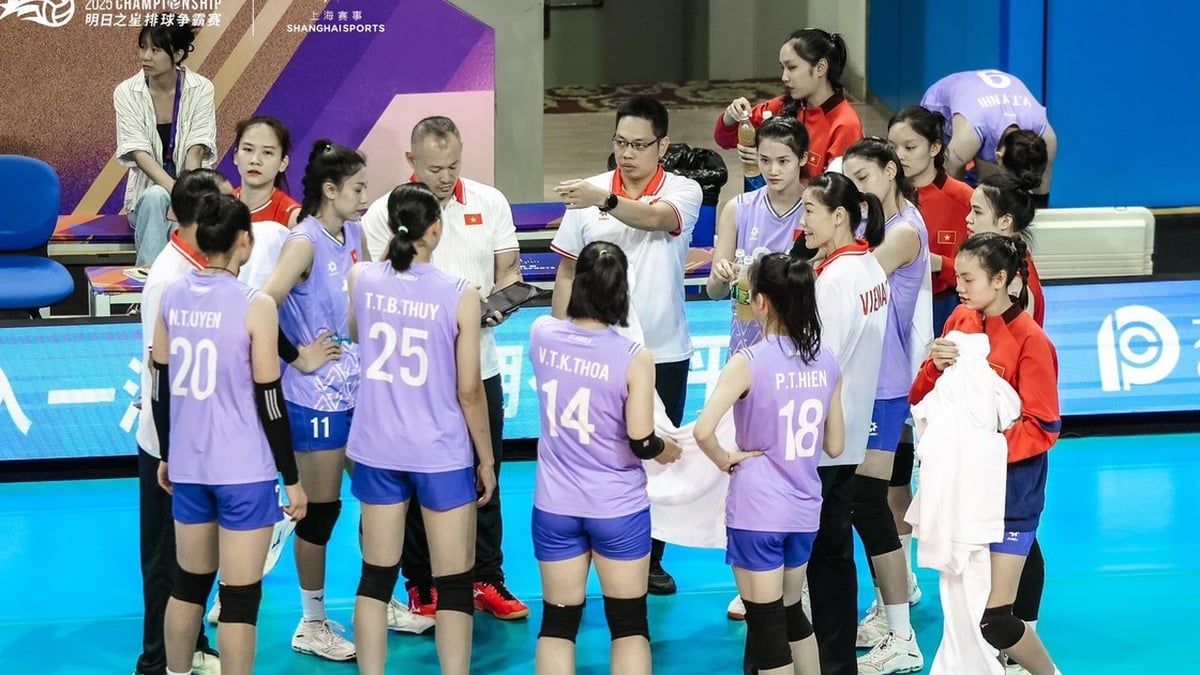
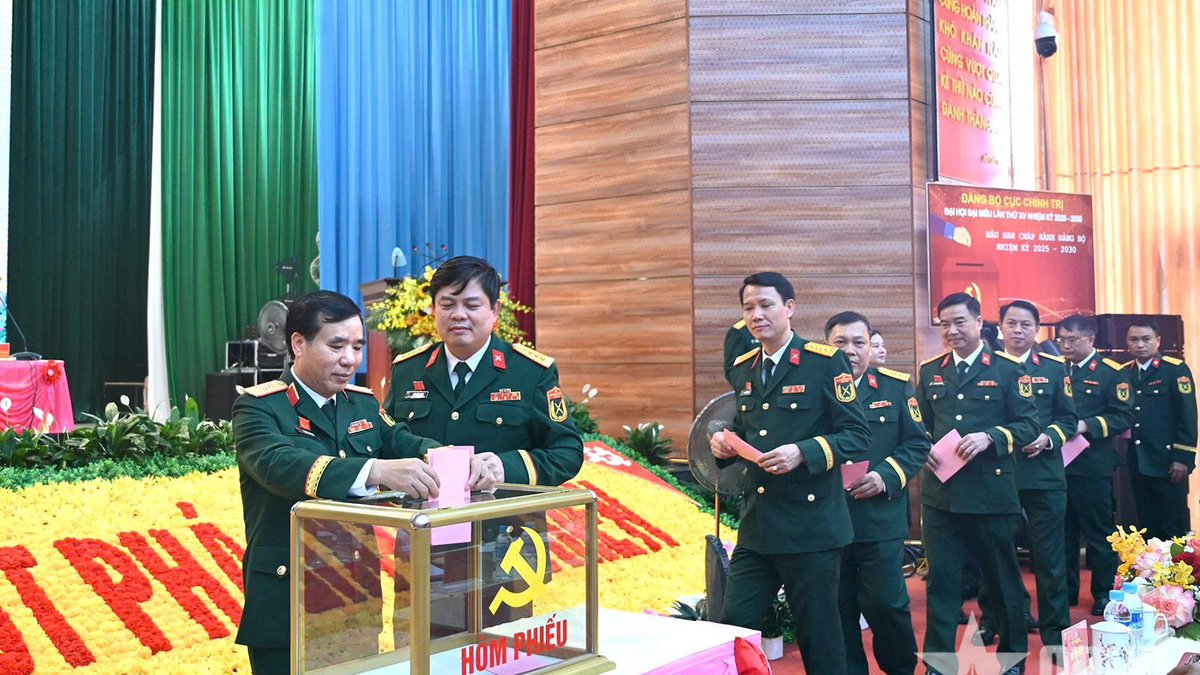
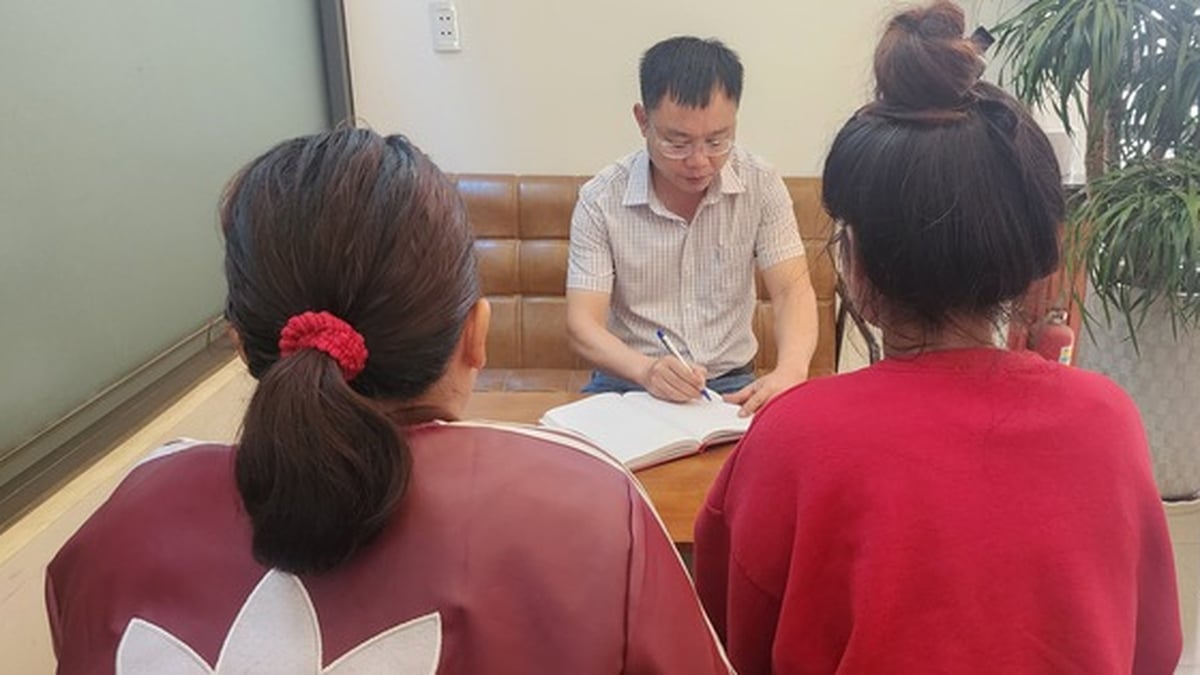
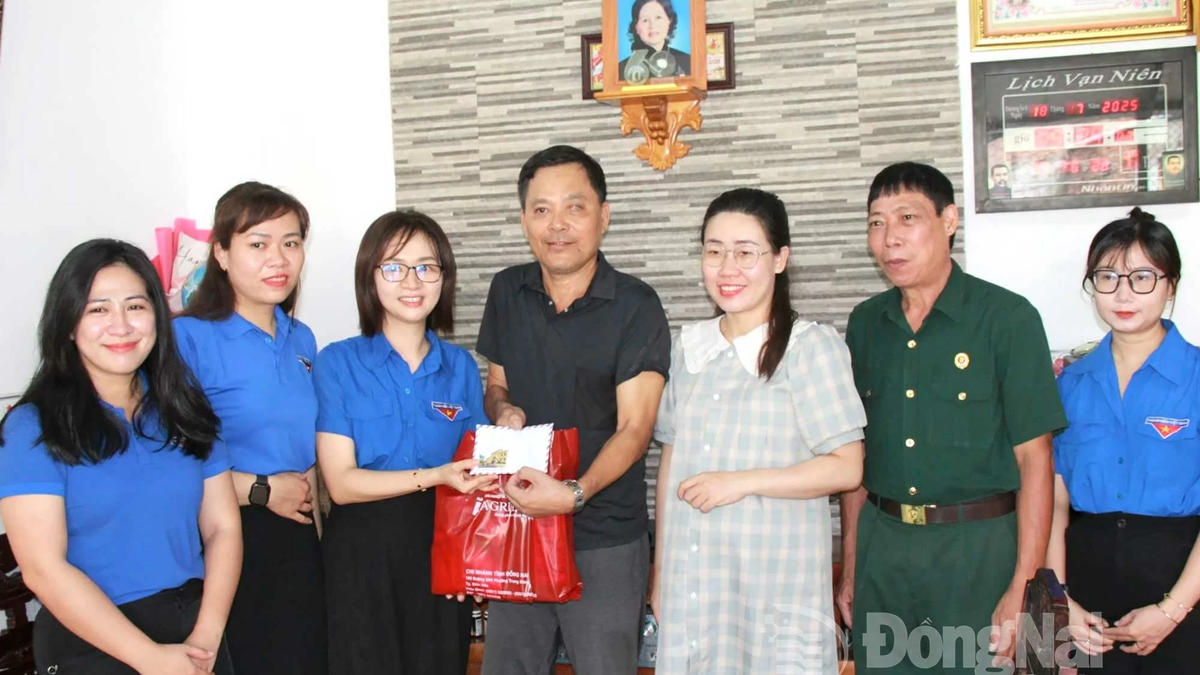
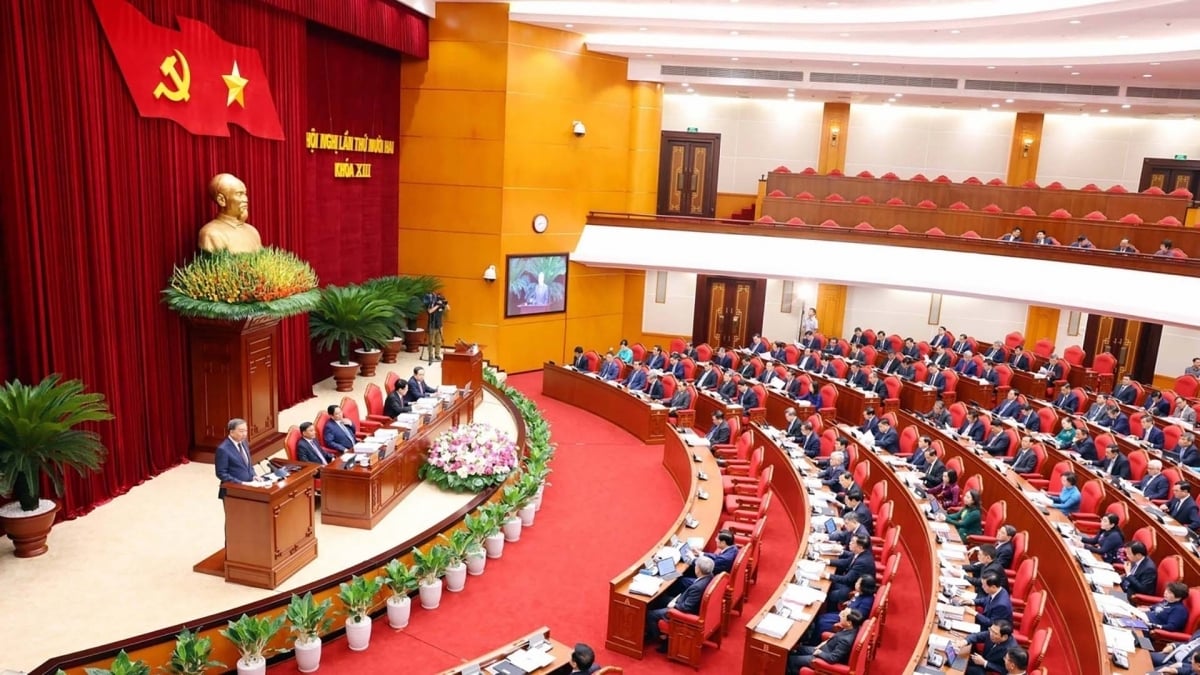
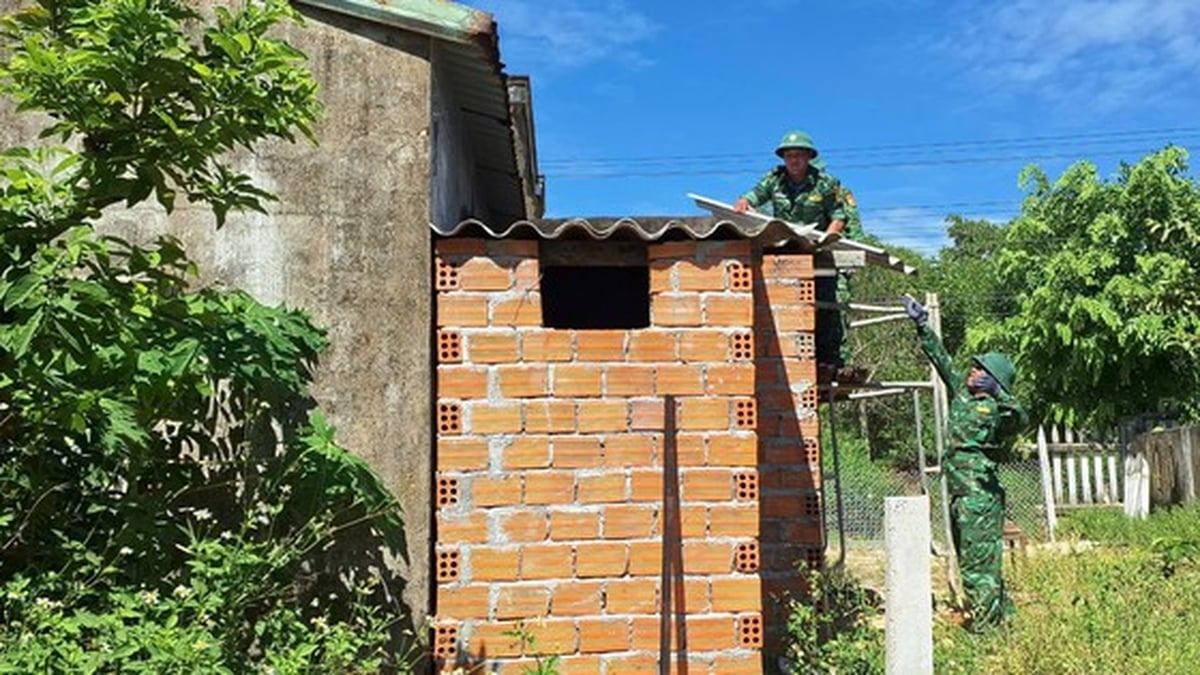

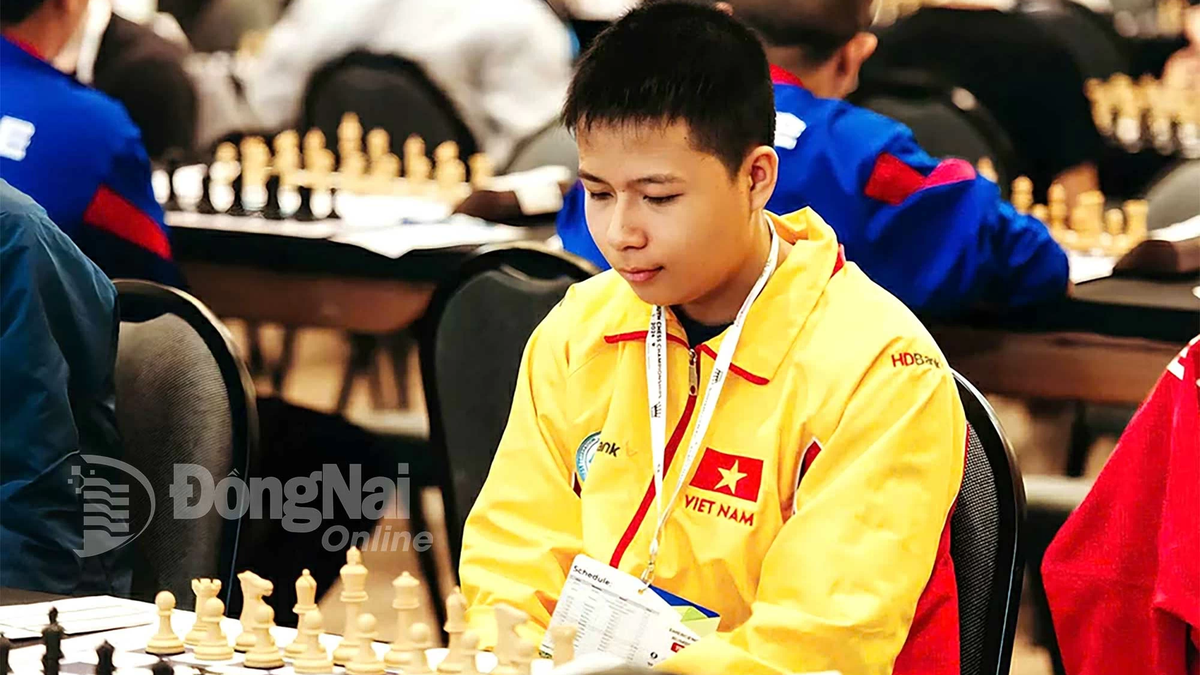

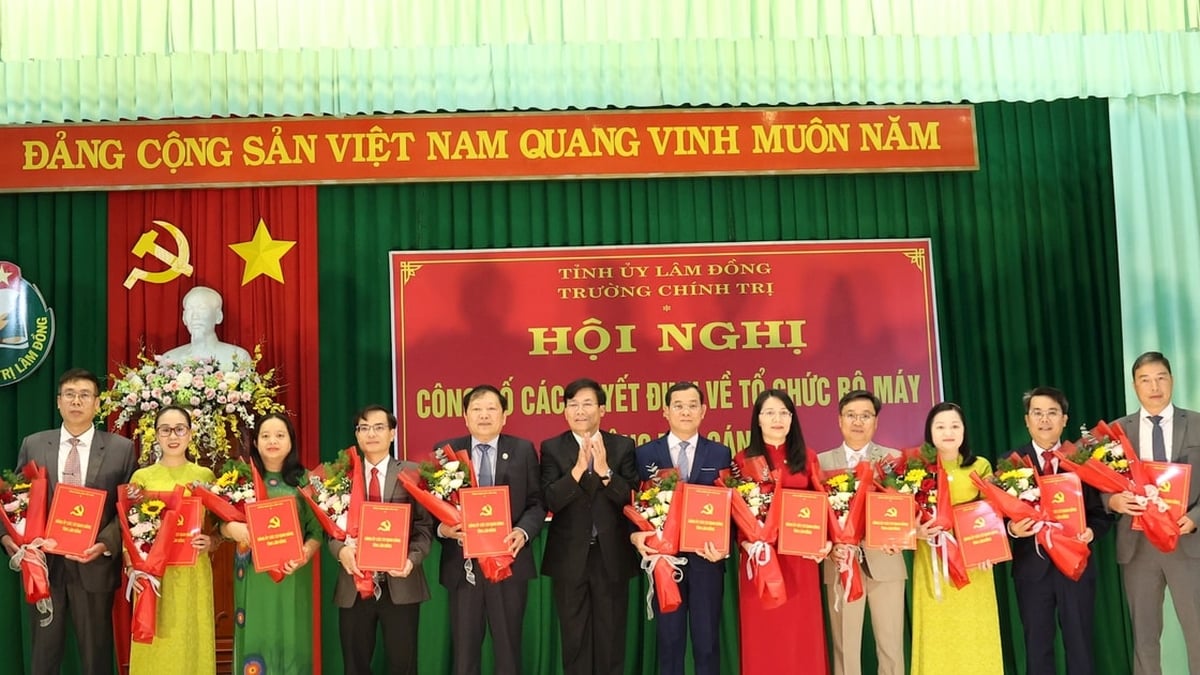

















































































![[Infographic] In 2025, 47 products will achieve national OCOP](https://vphoto.vietnam.vn/thumb/402x226/vietnam/resource/IMAGE/2025/7/16/5d672398b0744db3ab920e05db8e5b7d)





Comment (0)